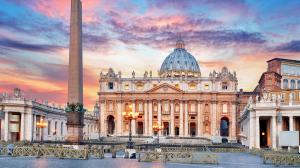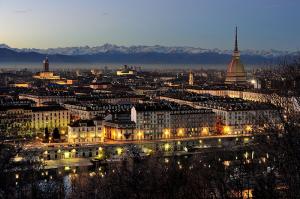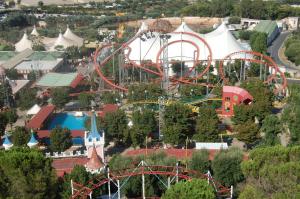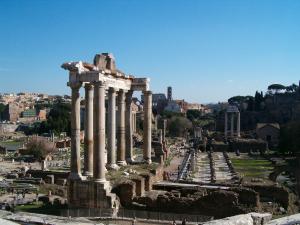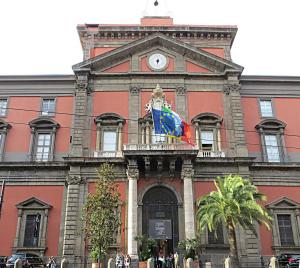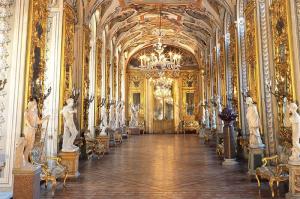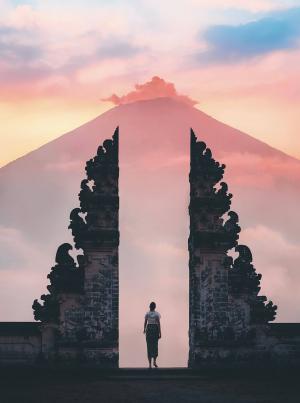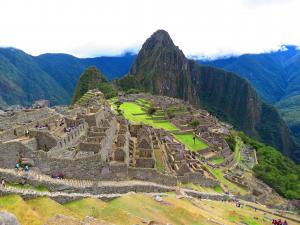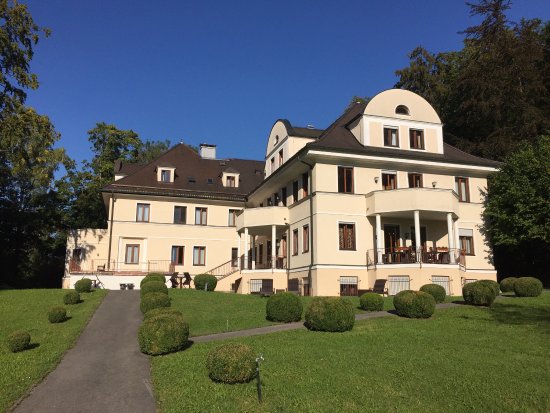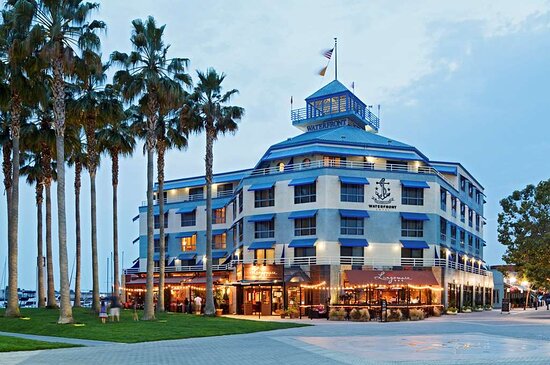The building is cylindrical with a portico of large granite Corinthian columns (eight in the first rank and two groups of four behind) under a pediment. A rectangular vestibule links the porch to the rotunda, which is under a coffered concrete dome, with a central opening (oculus) to the sky. Almost two thousand years after it was built, the Pantheon's dome is still the world's largest unreinforced concrete dome. The height to the oculus and the diameter of the interior circle are the same, 43 metres (142 ft).
Pantheon

Rome , Italy
Overview
The building is cylindrical with a portico of large granite Corinthian columns (eight in the first rank and two groups of four behind) under a pediment. A rectangular vestibule links the porch to the rotunda, which is under a coffered concrete dome, with a central opening (oculus) to the sky. Almost two thousand years after it was built, the Pantheon's dome is still the world's largest unreinforced concrete dome. The height to the oculus and the diameter of the interior circle are the same, 43 metres (142 ft).
things to do
attractions
Plan your trip to Italy
Experience the best tours, attractions & activities you won’t want to miss.
Explore attractions in Italy
Enjoy up to 50% on hotels and restaurants in Italy
Experience the best tours, attractions & activities you won’t want to miss.
Overview
In our recommendation of places to visit in Italy, this Tourist Attractions in | Temples in | Historical places in | Buildings in | leads the conversation. Pantheon is considered as one of the most important attraction in . For a Tourist Attractions in | Temples in | Historical places in | Buildings in | it holds some of the most historic artifacts in Italy. This maybe why it is considered the best Tourist Attractions in Italy| Temples in Italy| Historical places in Italy| Buildings in Italy| by some of the residences. It is impossible to talk about sightseeing in or sightseeing in Italy without talking about the Pantheon.
There are so many attractions in Italy to visit when you are considering things to do in Italy especially when you are looking at things to do in . So, if you are considering sightseeing in when you are around then this Tourist Attractions in Italy| Temples in Italy| Historical places in Italy| Buildings in Italy| should be top on your list. on its own is seeing as one of the top cities in Italy when you are looking for things to do in Italy. Which is why we are not surprised with this Tourist Attractions in Italy| Temples in Italy| Historical places in Italy| Buildings in Italy| , Italy is seen as one of the most popular in the country. There are other places to go in , however, this place remains one of the most popular amongst tourists. There is no tour guide comprising of places to visit in Italy that doesn’t have the Pantheon.
